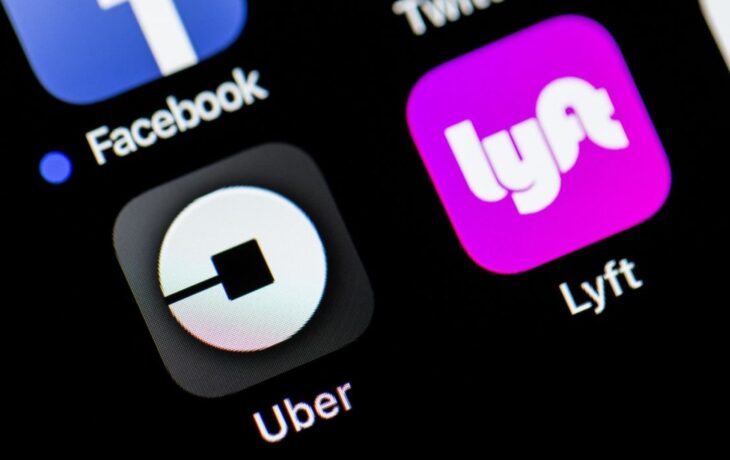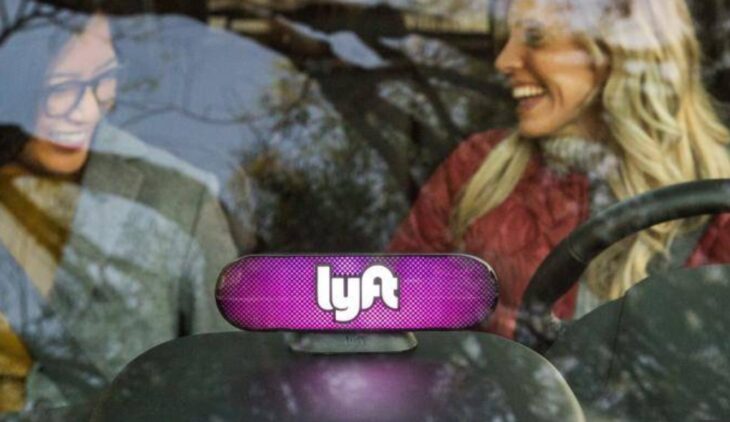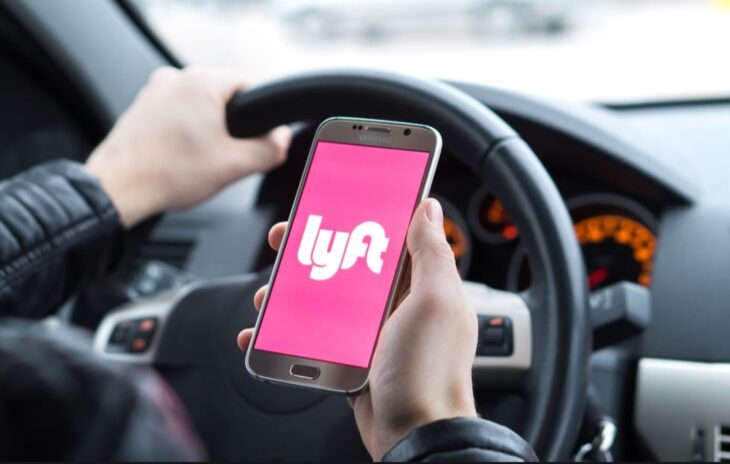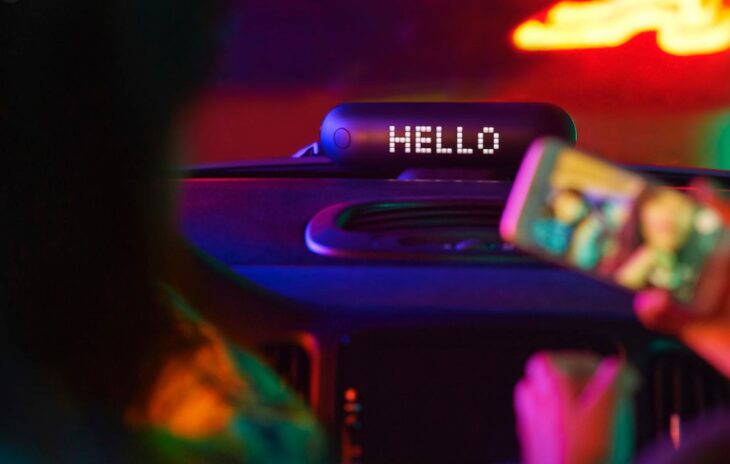Lyft and other ride-share applications have exploded in popularity since their introduction. For many people, taking a ride-share is a preferred mode of transportation when they travel or when they live in urban areas. Ride-share applications are easy to use and are often cheaper than hailing a taxi. To use Lyft, people simply have to download the application on their smartphones. From the app, they can enter their destinations, and the app will use GPS to identify nearby Lyft drivers. After a driver accepts the ride request, he or she will pick up the rider and take him or her to the planned destination. The payment is made through the app, so people do not have to pay their drivers when they reach their destinations. While taking a Lyft is convenient and affordable, you need to be aware of your safety. Here is some information that you should know and tips for staying safe when you take a Lyft or use another ride-share app.
Driver standards for Lyft drivers

Source: medium.com
In some states, there are no statewide standards for Lyft and Uber drivers. However, many states do require standards for background checks, minimal insurance coverage, and other safety issues. For example, according to a personal injury lawyer who handles Lyft accident claims, Steven M. Sweat, California has statewide standards for Lyft and other rideshare drivers under the Pub. Util. Code § 5430 et. seq. These statutes mandate ride-share companies perform state and national criminal background checks on their drivers each year. They are also forbidden from ever contracting with drivers who have any of the following on their records:
- Registered on the sex offender registry
- A conviction for a violent felony
- A conviction for human trafficking
- Terrorism using explosive devices
- Possessing, developing, creating, or using weapons of mass destruction
- Illegal possession of prohibited biological agents
Ride-share companies may not contract with drivers who have had the following types of convictions within the past seven years:

Source: Opera News
- Misdemeanor battery or assault
- Acts of domestic violence
- Driving under the influence of drugs or alcohol
- Bribery of an official
- Official asking for or accepting a bribe
- Bribery of a member of the legislature
- Accepting a bribe as a member of the legislature
- Bribery of a judicial officer or juror
- Acceptance of a bribe by a judicial officer, juror, referee, or other similar official
- Witness intimidation or coercion
- Bribing a witness
- Bribery of a county official
- Extortion
- False impersonation
- Theft or fraud
Lyft and other ride-share companies must maintain insurance, and all of the drivers must be insured whenever they drive. They must also display their photos in their vehicles.
While these laws offer some protection to people who take rides with Lyft, some drivers may slip through the cracks. For example, a driver might be convicted of an offense in between background checks. The transportation network company may not use comprehensive background checks, and simply not having a criminal record does not mean that a driver won’t commit a crime in the future. Whenever you take a Lyft, remain aware at all times.
Insurance risks

Source: PYMNTS.com
While ride-share drivers are required to carry insurance, and Lyft also has insurance, there are still some risks. Some drivers carry only the minimum liability insurance that is required of all drivers in the state without a rideshare endorsement. When a driver does not have a ride-share policy or endorsement, there is a risk that the insurance company will refuse to pay when people are injured in accidents. The TNC’s policy is supplemental and typically kicks in only after the policy limits of the driver’s policy are met. If the driver’s policy refuses to pay, the TNC may also do so.
Another risk for people who take rides with Lyft is the novel coronavirus. When you take a Lyft, you are in an enclosed environment with the ride-share driver. Either you or the driver may have COVID-19 and be asymptomatic or presymptomatic. The virus can also live on surfaces, and if your driver does not thoroughly clean and sanitize his or her vehicle between passengers, the virus might be left behind on surfaces.
Lyft requires drivers and passengers to wear face masks in the U.S. It also requires the drivers to leave the front seat empty to try to maintain a physical distance between the passengers and drivers.
If you take a Lyft, you should make certain that the vents are blowing in fresh air rather than recirculating it. You should also ride with your window down and be prepared to load your bags. It is a good idea for you to bring sanitizing wipes with you and to use hand sanitizer after you get out of the vehicle.
Fake drivers are another risk. When you order a Lyft, the driver’s picture will appear. Before you get into a vehicle, make sure that the car and the driver match the ride that you ordered.
Protecting your safety

Source: Lyft
There are several things that you should do to protect yourself when you use a Lyft or another ride-share service. Make sure that you wait for your ride in a safe location. You should remain inside until you are certain that the vehicle has arrived.
Before you get into the vehicle, ask the driver to tell you your name. The driver should know it and know where you are going. If the driver is unable to tell you these things, he or she may be a fake driver. Check the make and model of the vehicle and compare the photo of the driver from the app with the driver inside of the vehicle.
You should take advantage of a feature that is included in the Lyft app that allows you to share your trip with others. Click the “share route in Lyft” button and choose the people to share the information with. Call someone to let him or her know that you are sharing your Lyft trip and the time that you should reach your destination. You can also use apps that allow your phone to be used as a security camera and to provide you with an easy way to call 911. Make sure to use your seatbelt even if the driver does not tell you to do so.
While ride-share services are generally safe, you still need to be careful when using them. Taking steps to protect your safety before and during your trip is important. While there will always be risks, remaining vigilant can help you to minimize them.
